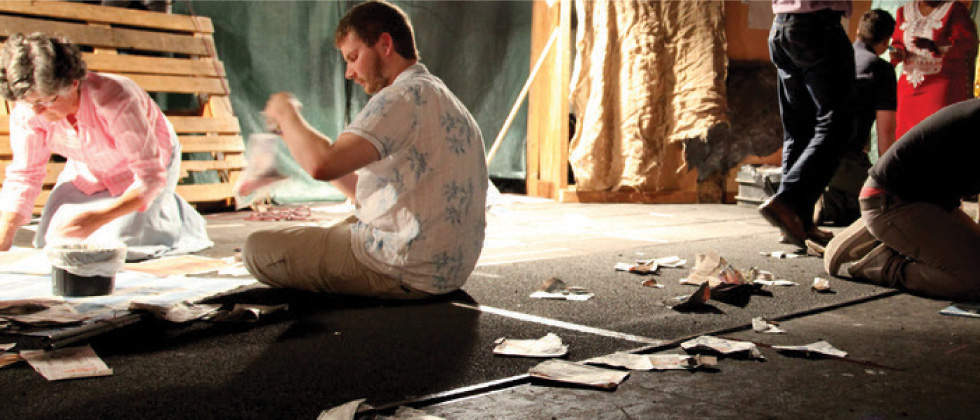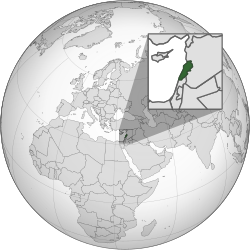Lebanon’s ports and roads have served as a gateway between east and west, north and south for over 5,000 years. In the past, the area’s various kingdoms and rulers were able to use this to build wealth, prestige and more advanced infrastructure. This century however has seen a combination of government and financial collapse, and nearby natural and humanitarian disasters upending the nation’s prosperity. Not only are the vast majority of the people coming to use this gateway these days desperately needing help rather than contributing to the economy, but more than 80% of the local population has been plunged into poverty in the past four years.
With this shipment, Crossroads continues a partnership with a group that works with both local Lebanese people and with refugees in Lebanon and surrounding areas providing immediate poverty relief supplies and establishing clinics, schools and income generation projects in the most needy areas.
We are packing clothes and shoes, computers, school and domestic furniture, wheelchairs, stationery, sleeping bags and kitchen equipment in this container.
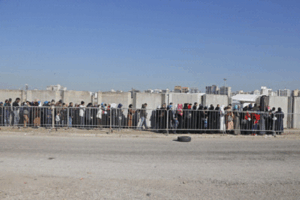
Refugees lining up for assistance outside the UNHCR compound in Tripoli, Lebanon.
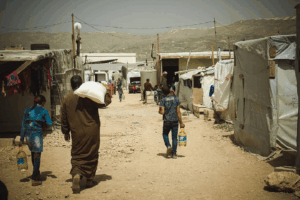
As more and more refugees arrive, informal settlements like this one spring up in areas like the Bekaa Valley. Photo credit: Wallpaper Flare
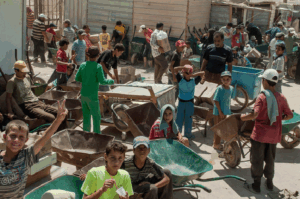
Simply in order for their families to survive, many refugee children in the middle east are sent out to work. This photo was taken in Jordan.
Photo credit: UNHCR
Refugees in Lebanon
Lebanon hosts more refugees per capita of local population, and more per square kilometre, than any other country.
There are an estimated 1.5 million Syrian refugees, only about half of whom are registered with the UNHCR. The Lebanese government stopped registration of new Syrian arrivals in 2015. Those caught without up-to-date papers are subject to summary deportation, often splitting up families.
There are also more than 15,000 refugees of other nationalities present, including Iraqis, Sudanese and others.
Over 90% of refugees in Lebanon live in extreme poverty, without access to adequate food.
